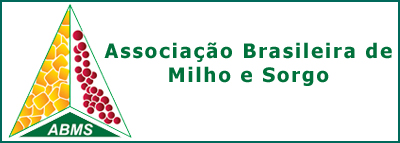COMPARISON OF PROTOCOLS FOR CHROMOSOME DUPLICATION IN HAPLOID MAIZE
DOI:
https://doi.org/10.18512/rbms2023v22e1311Abstract
Different methods of chromosome duplication are used to obtain doubled haploids in maize; however, comparisons of efficiency among protocols have only begun to appear in the literature. Therefore, this study aimed to compare the efficiency of three protocols of chromosome duplication. A randomized block experimental design was used, with three replications composed of three treatments of chromosome duplication (duplication by colchicine injection in plants, duplication by immersion of roots in colchicine solution, and duplication by immersion of newly germinated seedlings in colchicine solution). Two hundred seventy haploid seeds were obtained from crossing the genotype source 91500212 with the haploid inducer hybrid Tail P1 × Tail P2, with 90 seeds for each treatment. In the chromosome duplication through injection, a colchicine solution at 0.125% was applied to the stem of the seedlings 15 days after germination. In the chromosome duplication through root immersion, 15 days after germination, the roots of the seedlings were immersed in a 1% colchicine solution for six hours, followed by removing colchicine residues and transplanting them in trays with the substrate. Finally, in the chromosome duplication of newly germinated seedlings, three days old seedlings were immersed in a 0.06% colchicine solution for 12 hours, then removed from the solution and transplanted in trays with the substrate. Twenty days after treatment, the plants were transplanted in 20-liter pots with fertilized soil in a greenhouse, beginning data collection. Results indicate that the injection protocol showed better survival, better practicality of application, and lower costs and risks.
Downloads
Published
How to Cite
Issue
Section
License
Copyright (c) 2023 Revista Brasileira de Milho e Sorgo

This work is licensed under a Creative Commons Attribution 4.0 International License.
Authors retain copyright and grant the journal right of first publication with the work simultaneously licensed under the Creative Commons Attribution License that allows the sharing of work and recognition of the work of authorship and initial publication in this journal.
Authors are able to take on additional contracts separately for non-exclusive distribution of the version of the paper published in this journal (eg, in an institutional repository or publish as a book), with acknowledgment of its initial publication in this journal.
Authors are permitted and encouraged to post their work online (eg, in institutional repositories or on their website) at any point before or during the editorial process, as this may leadto productive exchanges, as well as increase the impact and citation of published work.



